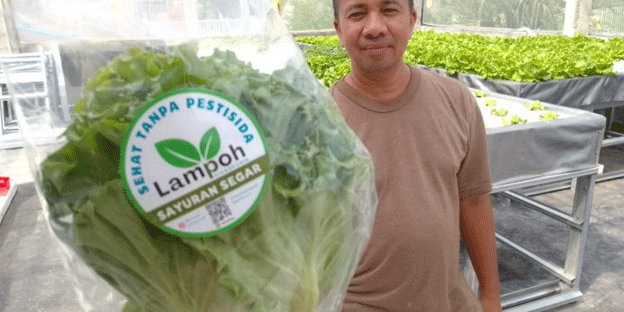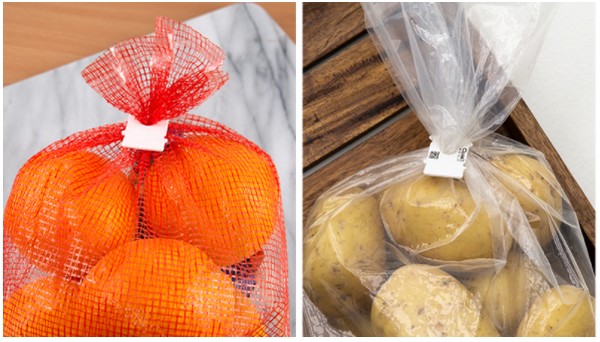In the bustling city of Banda Aceh, Tarmizi, a young graduate from Al-Azhar University in Egypt, has turned his rooftop into a flourishing urban farm. Utilizing hydroponic techniques, Tarmizi grows a variety of pesticide-free vegetables, creating a sustainable and profitable business model that is inspiring others in the community.
Urban farming, particularly hydroponics, has gained traction in recent years as a solution for those with limited space in urban environments. Hydroponics, a method of growing plants using mineral nutrient solutions in water without soil, is particularly suited for city dwellers. It allows for efficient use of space and resources while producing high-quality, fresh produce.
Tarmizi’s journey into hydroponics began as a hobby, but it quickly evolved into a profitable venture. On the rooftop of his 10×10 meter home, he cultivates a variety of vegetables, including lettuce, pak choi, mint, spinach, kale, and water spinach. What makes his setup unique is his use of a dual-purpose system, where he raises tilapia fish in a pond beneath the vegetable beds. This integrated system, known as aquaponics, allows for a symbiotic relationship between the fish and plants, reducing waste and increasing overall efficiency.
The Economic and Health Benefits of Hydroponic Farming
Hydroponic farming offers numerous advantages, especially in urban settings. One of the most significant benefits is the ability to grow food without the use of pesticides, which is becoming increasingly important to health-conscious consumers. According to recent studies, vegetables grown using hydroponic systems can be up to 50% more nutrient-dense than those grown in traditional soil-based agriculture. Additionally, because hydroponic systems can be precisely controlled, they are more water-efficient, using up to 90% less water than traditional farming methods.
Tarmizi sells his produce under the brand name “Lampoh Hidroponik.” His lettuce, for example, is sold for 25,000 to 30,000 rupiah per kilogram for the caipira variety and 12,000 rupiah per plant for crystal lettuce, which weighs around 200 grams. The crisp and sweet flavor of his lettuce, combined with the assurance of being pesticide-free, has made it a popular choice among local consumers. Although Tarmizi currently focuses on small-scale sales due to limited space, his products are in high demand, particularly among local vendors in the Ule Kareng area.
Tarmizi’s long-term goal is to expand his operations and supply larger markets, including restaurants and hotels in Banda Aceh. However, he is cautious about scaling up too quickly, preferring to first secure additional land to ensure he can meet demand without compromising quality.
Inspiring a New Generation of Urban Farmers
Beyond his own success, Tarmizi hopes to inspire others in urban areas to consider hydroponic farming. He encourages city dwellers to utilize any available space, such as rooftops or balconies, to grow their own healthy vegetables. “Growing your own food not only ensures that you have access to fresh, pesticide-free produce, but it’s also good for your health and can contribute to your family’s income,” says Tarmizi.
His story is a testament to how modern agricultural techniques like hydroponics can be adapted to urban environments, providing both economic opportunities and health benefits. As urbanization continues to rise, innovative farming methods like those used by Tarmizi will become increasingly important in ensuring food security and promoting sustainable living.
Tarmizi’s venture into hydroponic farming is a shining example of how modern agricultural techniques can be successfully implemented in urban settings. His commitment to producing pesticide-free vegetables and his innovative use of space have not only provided him with a steady income but have also contributed to the health and well-being of his community. As more people in urban areas look for ways to grow their own food, Tarmizi’s story serves as a source of inspiration and a blueprint for success.












